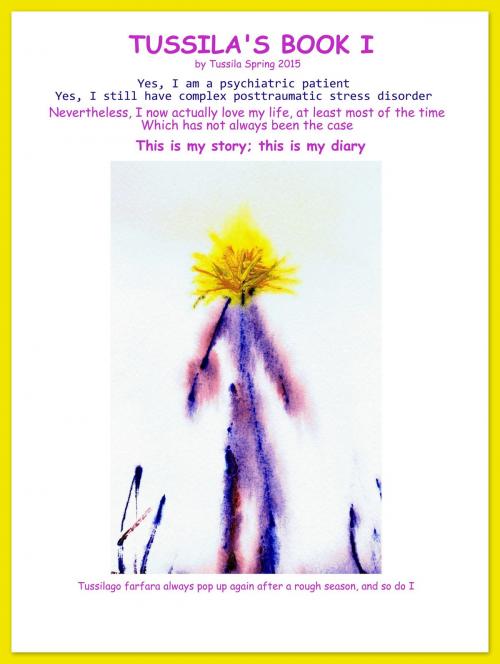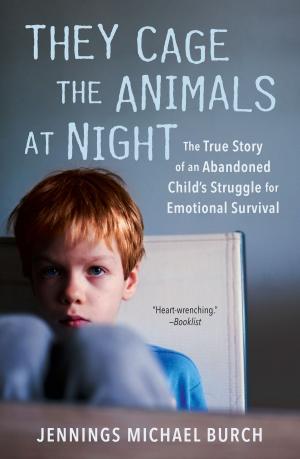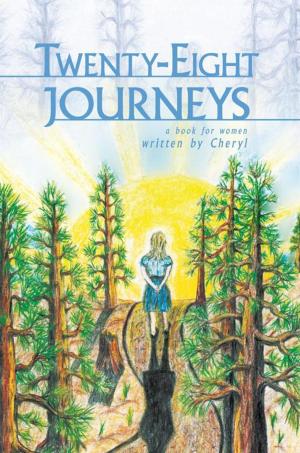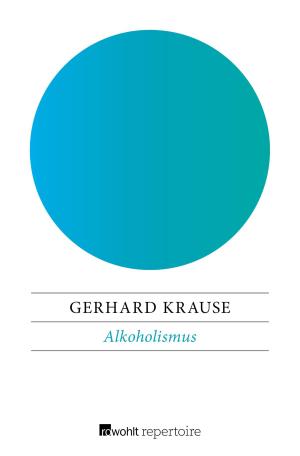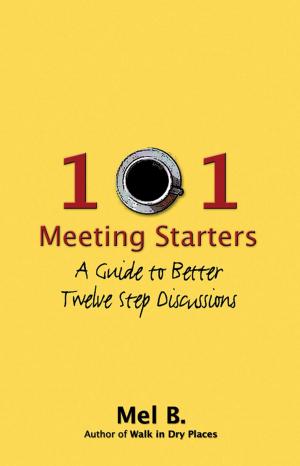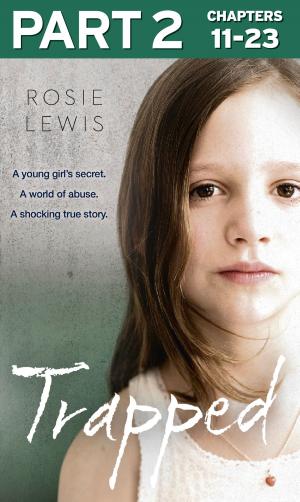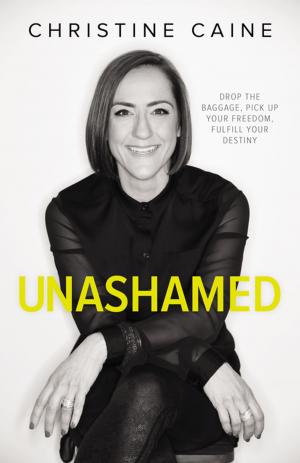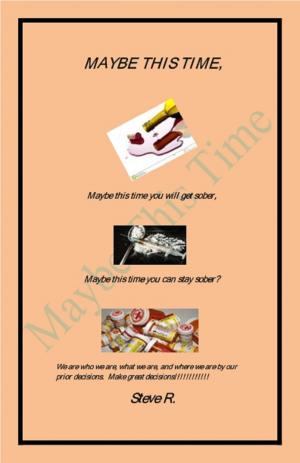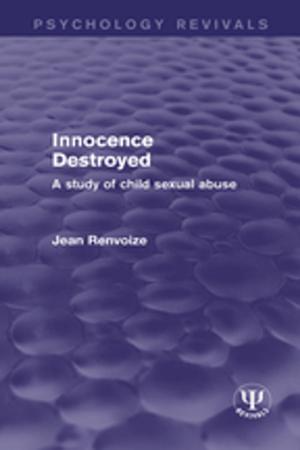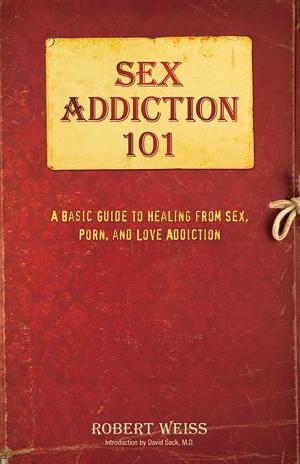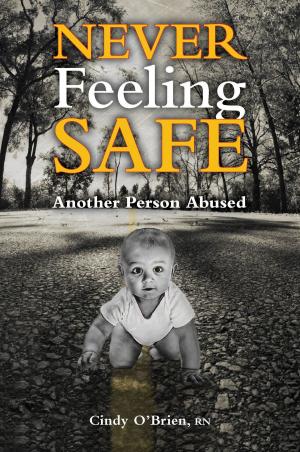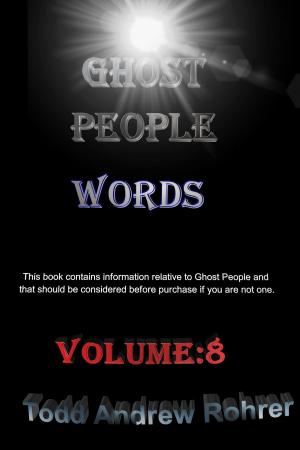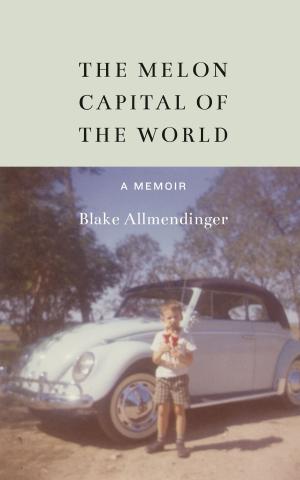Tussila's Book I
Nonfiction, Health & Well Being, Psychology, Mental Illness, Family & Relationships, Family Relationships, Abuse| Author: | Tussila Spring | ISBN: | 9781310094156 |
| Publisher: | Tussila Spring | Publication: | December 21, 2015 |
| Imprint: | Smashwords Edition | Language: | English |
| Author: | Tussila Spring |
| ISBN: | 9781310094156 |
| Publisher: | Tussila Spring |
| Publication: | December 21, 2015 |
| Imprint: | Smashwords Edition |
| Language: | English |
WARNING
Dear fellow survivor, I must advise you not to read this book unless it is under close supervision by your therapist. When I myself was at my worse, I was not capable to read any book at all and definitely not a book like this. Actually, my only need for a very long period would be to sit on a sturdy and reassuring granny’s lap. In addition, I must admit that still today, I’m reluctant to learn about other patients’ stories. I’m afraid I’ll get even more confused because I still have some large gaps in my memory. Please also bear in mind this book contains paintings, which also can activate unexpected and unwanted stress reactions. If you choose to open this book, please promise me that you’ll close it and put it away if you feel the slightest distress viewing my paintings or reading my text. I do not want to cause you any more pain!
About Tussila's Book I
We are all individual human beings. This fact also counts whether we have a diagnosis or not. It would be a mistake to say that all patients involved in, for instance, a traffic accident, require exactly the same medical treatment. There probably will be a need for individual medical attention and treatment, depending on the injuries and the patient’s ability to cope with the trauma. However, some of the treatments sustained will probably also be similar for many of the patients. This is also true for us suffering from other traumas like incest or bullying. We also are all individual human beings.
Therefore, I am, by no means, trying to look at my story as a universal guide of what complex posttraumatic stress disorder concerns. I don’t even believe it is possible to write such a book because of the wide range in individual histories and personalities.
However, as in the traffic accident, there will also be some similarities concerning the victims involved in childhood traumas. As I have learned, during years in therapy, there will also be similarities concerning the symptoms and aftereffects in survivors suffering from such traumas.
Those similarities have made me conclude that it would be wrong of me to assume that my story and symptoms differ too much from others to be of any interest. In other words, what if my experiences actually can make a difference, wouldn’t it be egoistic of me not to share them?
When it comes to my own understanding of my psychiatric diagnoses, it’s not as if I suddenly saw the light and then it all came clear to me. My road to understanding, and thereby to get a better life, has been, and will be, as in life itself, long, and slow moving and with many curves and hills on the way. The understanding has not appeared in one single flash of light either; it has consisted of all sorts of lights or all sorts of enlightening moments. I have had small lights, large glints, hardly visible shimmers, flashing lights; I have sensed the whole range of lights, especially in the last twelve years. These lights, small or large, have appeared mostly due to therapy. Looking back, let’s say one decade, I really am baffled when I realize how little I understood of myself back then.
I’ve been told from many holds that my challenges in life are not that far from what the others face, except for the prevalence and extremity of some of the symptoms. Based on those assumptions, it might be fair to suggest that the following statement isn’t very wrong, at least I hope, because that implicates also, I’m not that apart from other human beings as I used to believe:
Though I’m quite sure that nobody will recognize everything I’m describing in this book, I’m equally quite sure that everybody, diagnosed or not diagnosed, will recognize some of it.
I hope that by publishing this book I can offer one or two of the previously mentioned lights, or enlightening, mentioned above, to help bring other survivors closer to their way to a better life.
WARNING
Dear fellow survivor, I must advise you not to read this book unless it is under close supervision by your therapist. When I myself was at my worse, I was not capable to read any book at all and definitely not a book like this. Actually, my only need for a very long period would be to sit on a sturdy and reassuring granny’s lap. In addition, I must admit that still today, I’m reluctant to learn about other patients’ stories. I’m afraid I’ll get even more confused because I still have some large gaps in my memory. Please also bear in mind this book contains paintings, which also can activate unexpected and unwanted stress reactions. If you choose to open this book, please promise me that you’ll close it and put it away if you feel the slightest distress viewing my paintings or reading my text. I do not want to cause you any more pain!
About Tussila's Book I
We are all individual human beings. This fact also counts whether we have a diagnosis or not. It would be a mistake to say that all patients involved in, for instance, a traffic accident, require exactly the same medical treatment. There probably will be a need for individual medical attention and treatment, depending on the injuries and the patient’s ability to cope with the trauma. However, some of the treatments sustained will probably also be similar for many of the patients. This is also true for us suffering from other traumas like incest or bullying. We also are all individual human beings.
Therefore, I am, by no means, trying to look at my story as a universal guide of what complex posttraumatic stress disorder concerns. I don’t even believe it is possible to write such a book because of the wide range in individual histories and personalities.
However, as in the traffic accident, there will also be some similarities concerning the victims involved in childhood traumas. As I have learned, during years in therapy, there will also be similarities concerning the symptoms and aftereffects in survivors suffering from such traumas.
Those similarities have made me conclude that it would be wrong of me to assume that my story and symptoms differ too much from others to be of any interest. In other words, what if my experiences actually can make a difference, wouldn’t it be egoistic of me not to share them?
When it comes to my own understanding of my psychiatric diagnoses, it’s not as if I suddenly saw the light and then it all came clear to me. My road to understanding, and thereby to get a better life, has been, and will be, as in life itself, long, and slow moving and with many curves and hills on the way. The understanding has not appeared in one single flash of light either; it has consisted of all sorts of lights or all sorts of enlightening moments. I have had small lights, large glints, hardly visible shimmers, flashing lights; I have sensed the whole range of lights, especially in the last twelve years. These lights, small or large, have appeared mostly due to therapy. Looking back, let’s say one decade, I really am baffled when I realize how little I understood of myself back then.
I’ve been told from many holds that my challenges in life are not that far from what the others face, except for the prevalence and extremity of some of the symptoms. Based on those assumptions, it might be fair to suggest that the following statement isn’t very wrong, at least I hope, because that implicates also, I’m not that apart from other human beings as I used to believe:
Though I’m quite sure that nobody will recognize everything I’m describing in this book, I’m equally quite sure that everybody, diagnosed or not diagnosed, will recognize some of it.
I hope that by publishing this book I can offer one or two of the previously mentioned lights, or enlightening, mentioned above, to help bring other survivors closer to their way to a better life.
